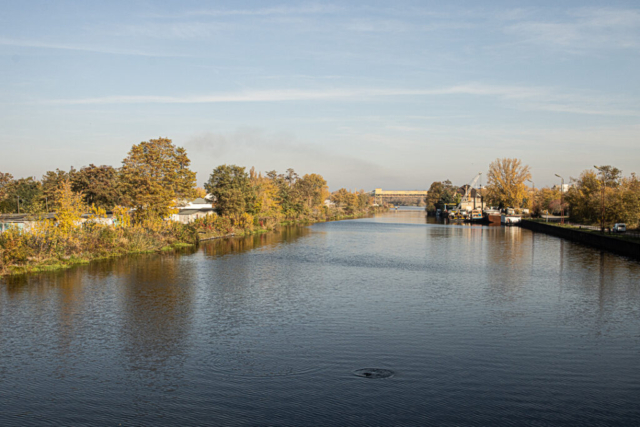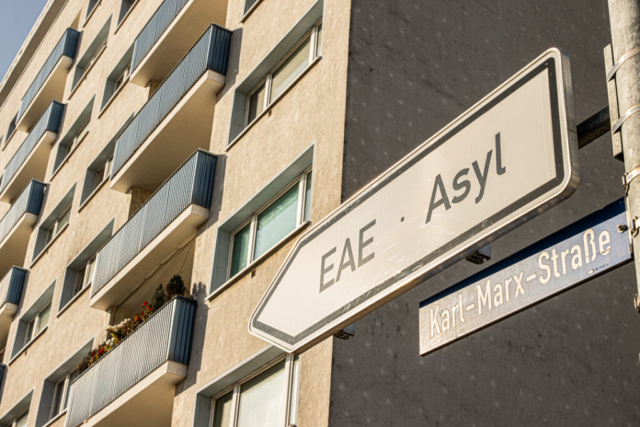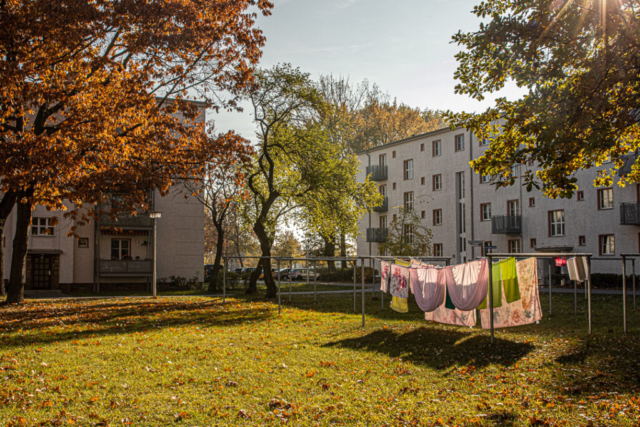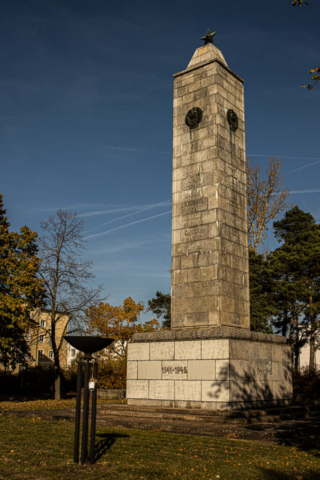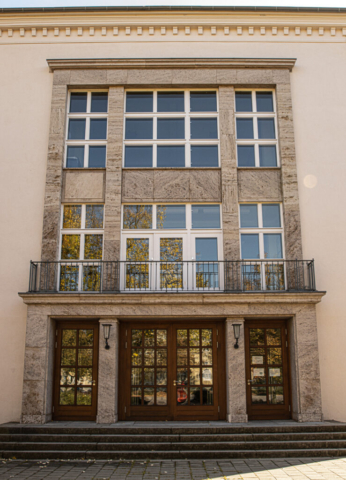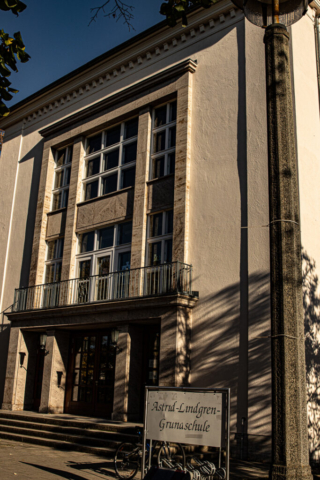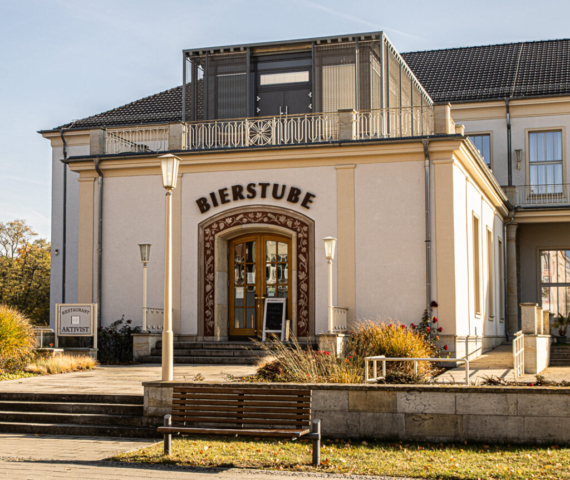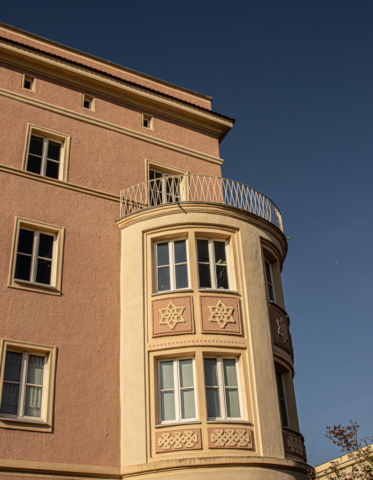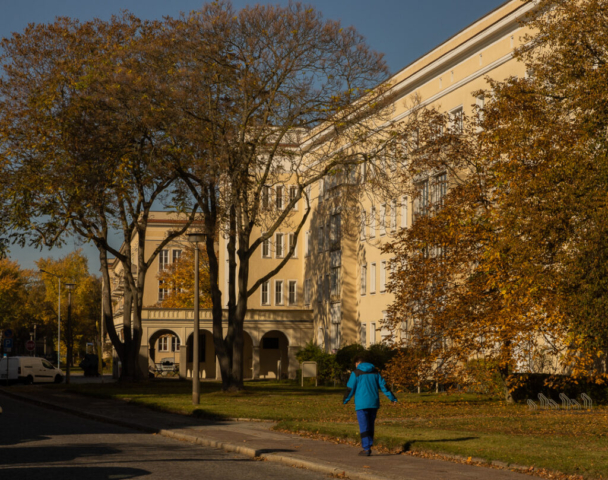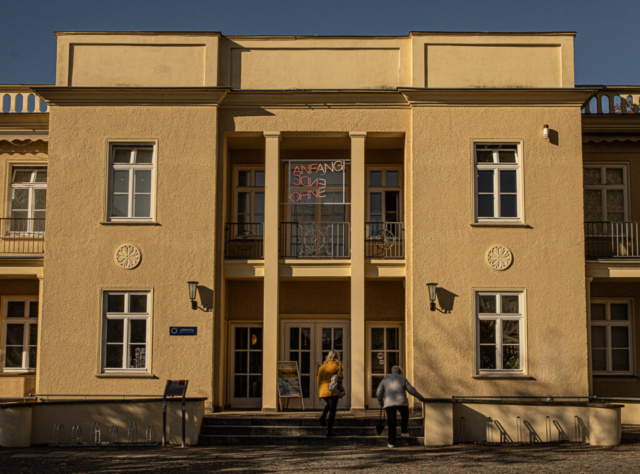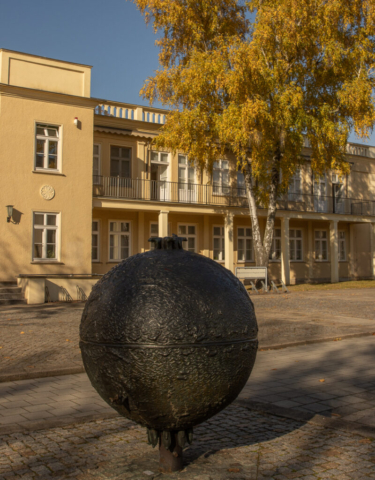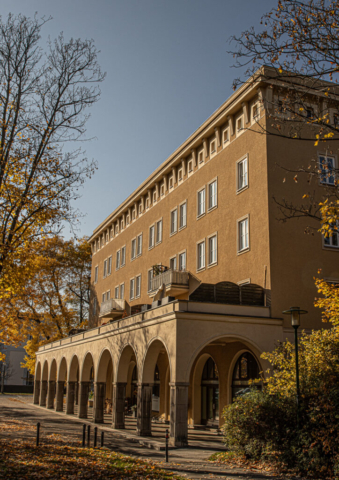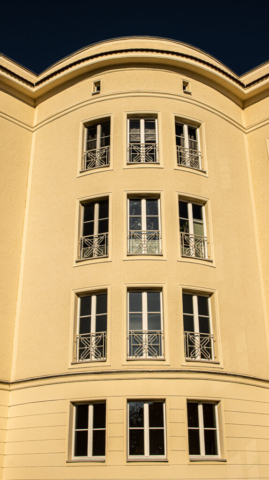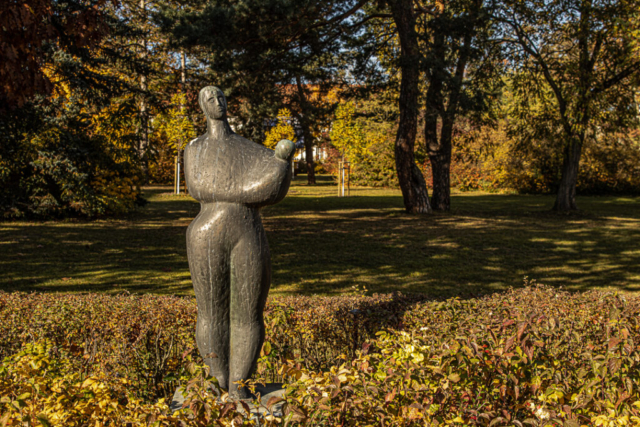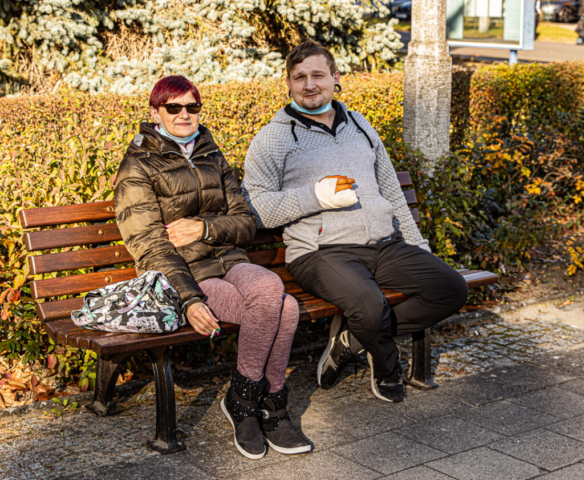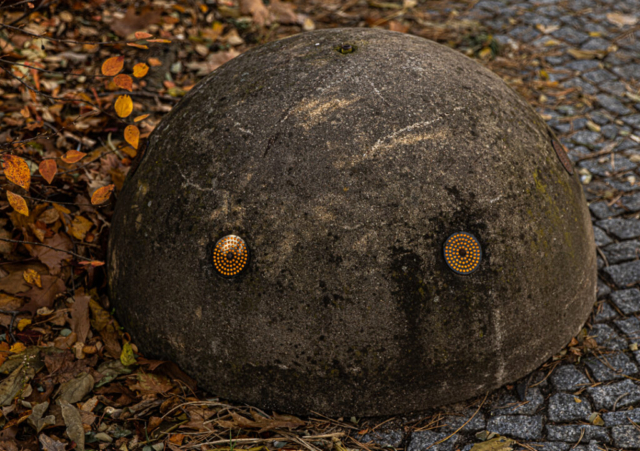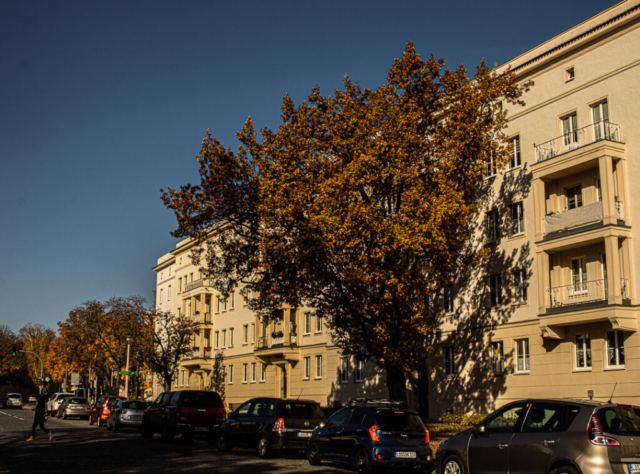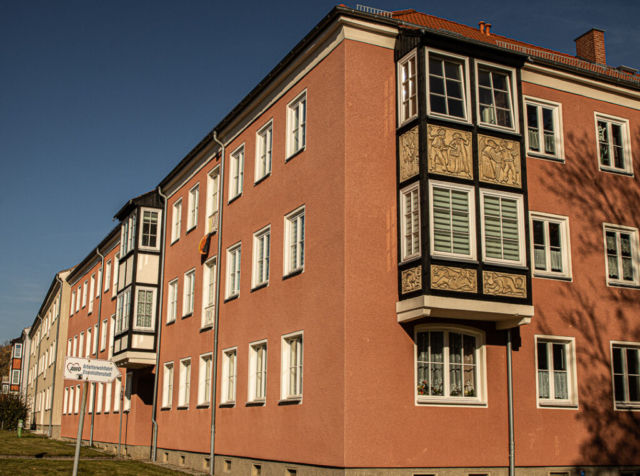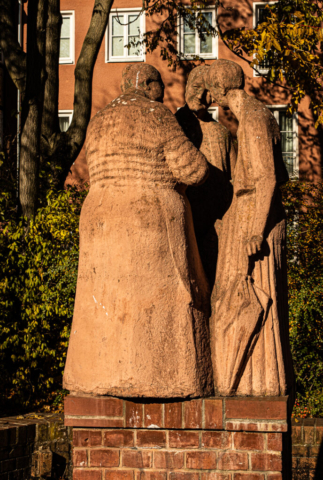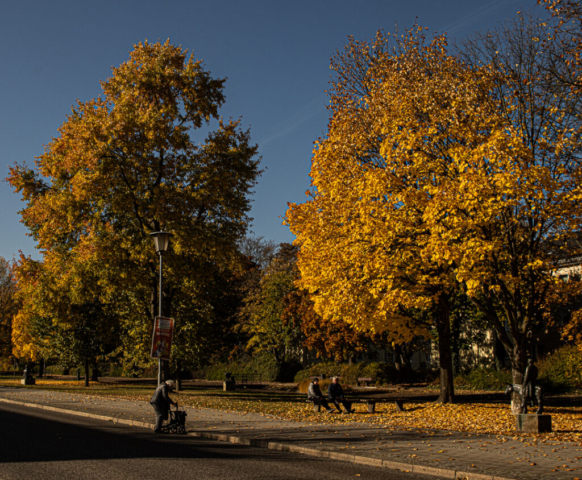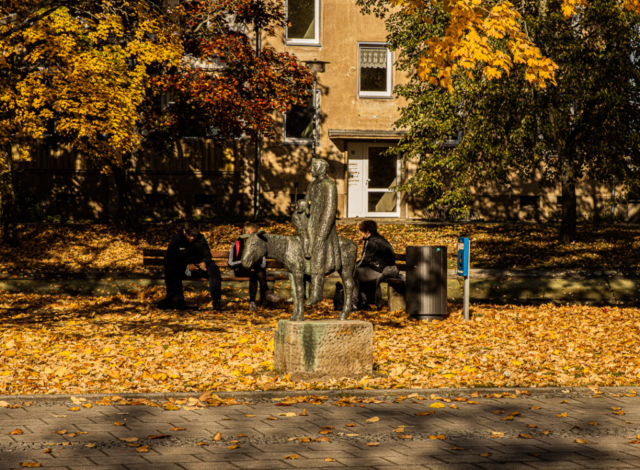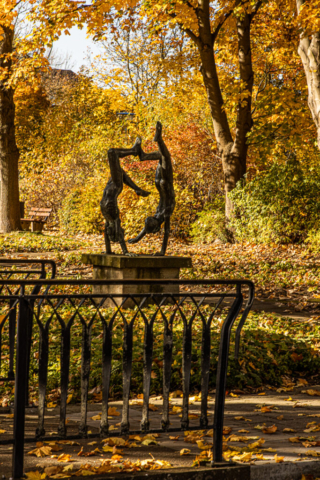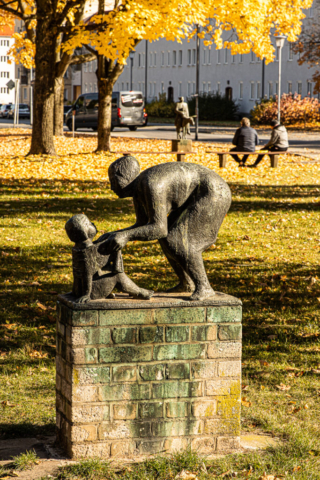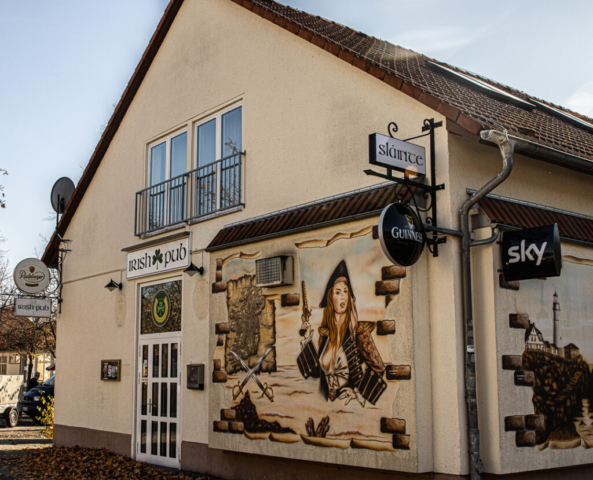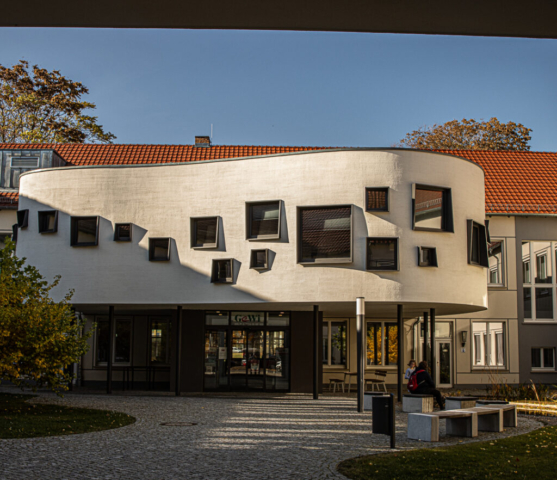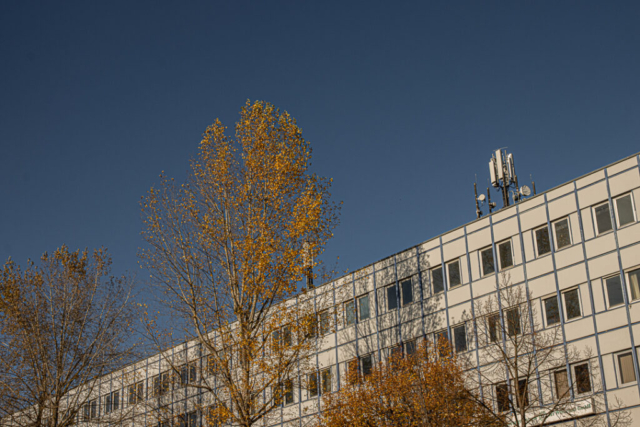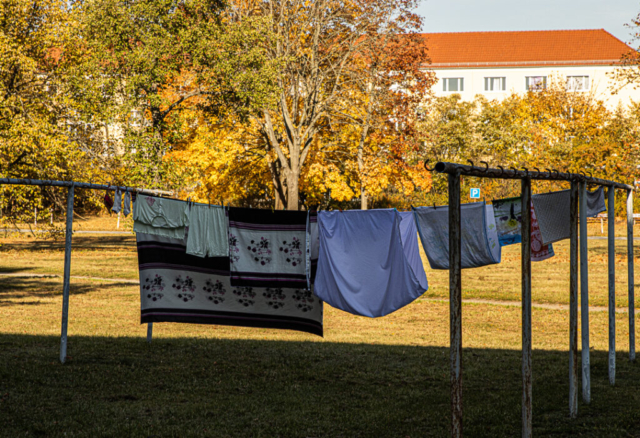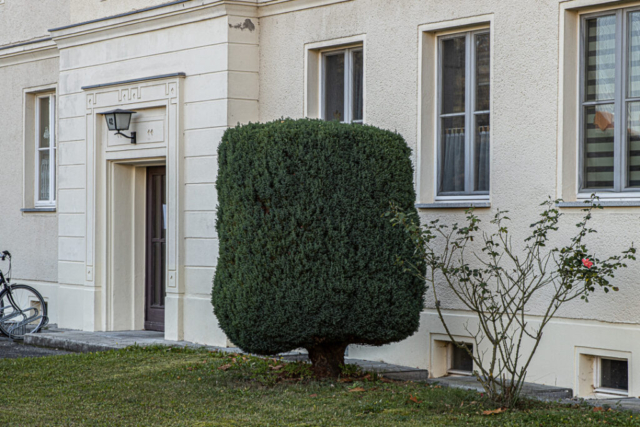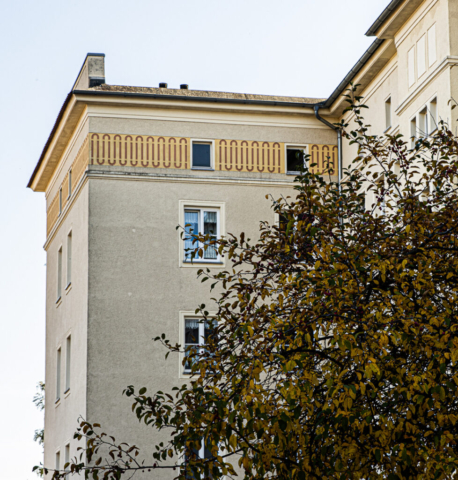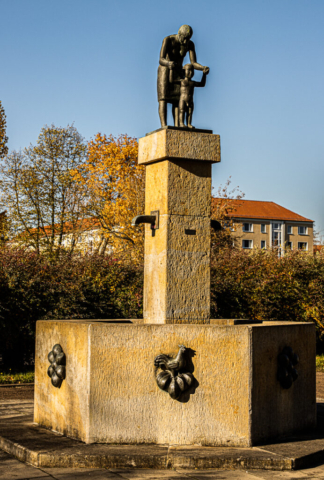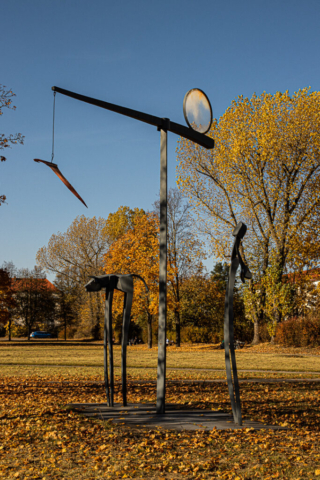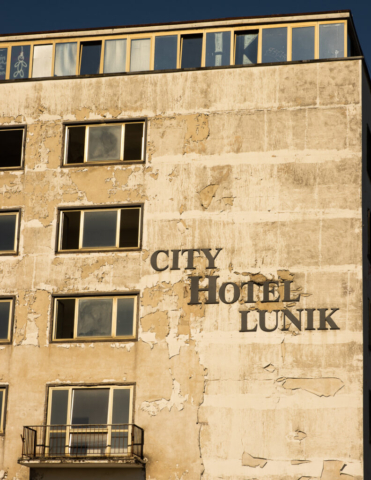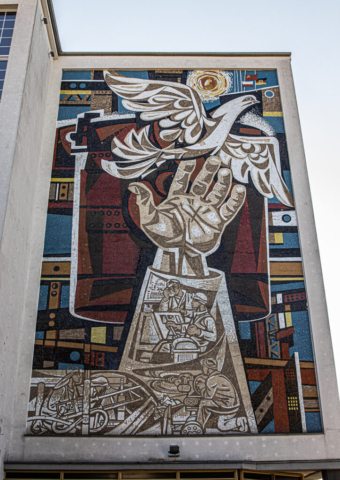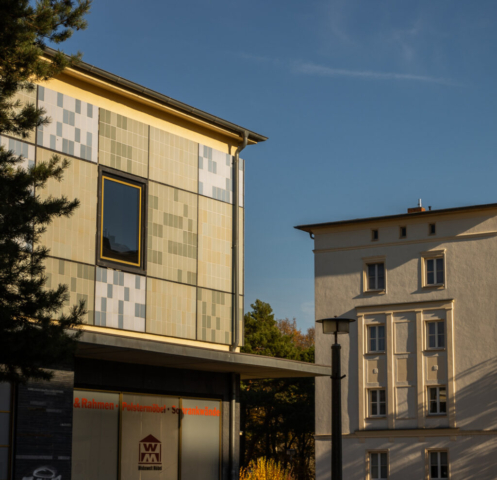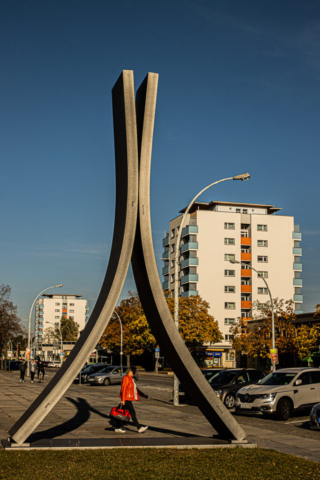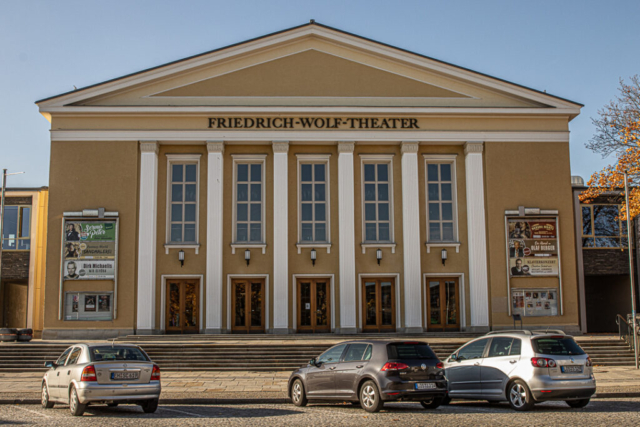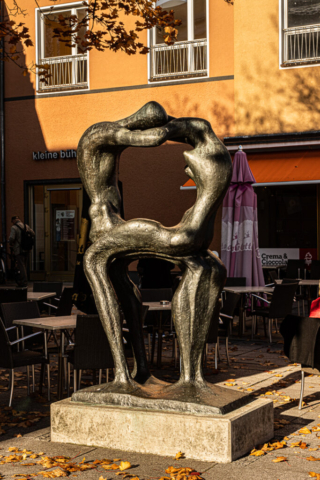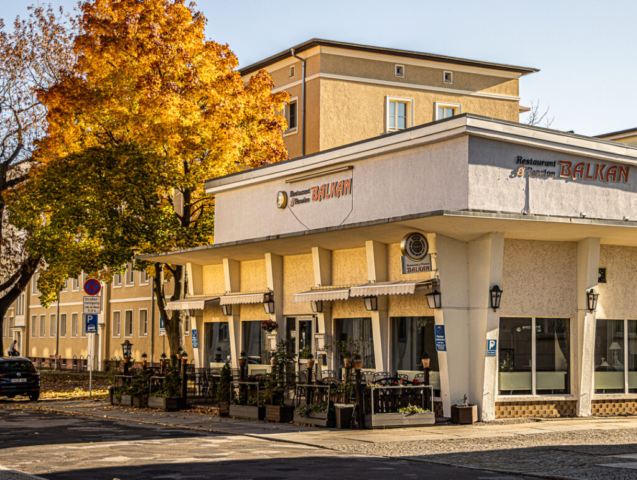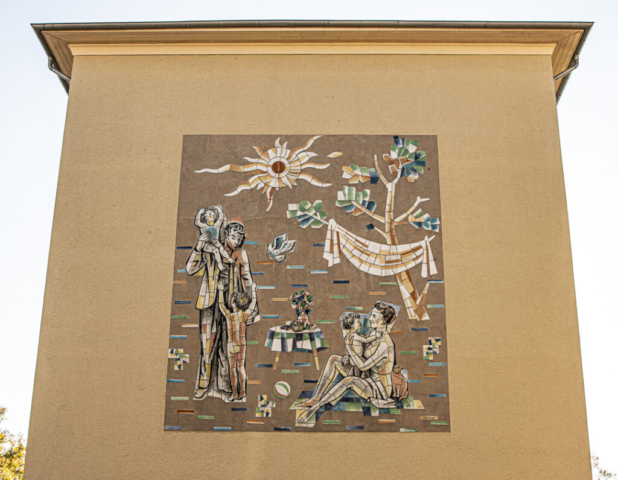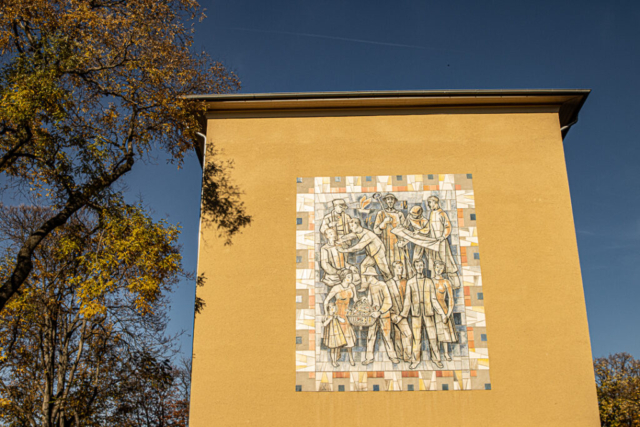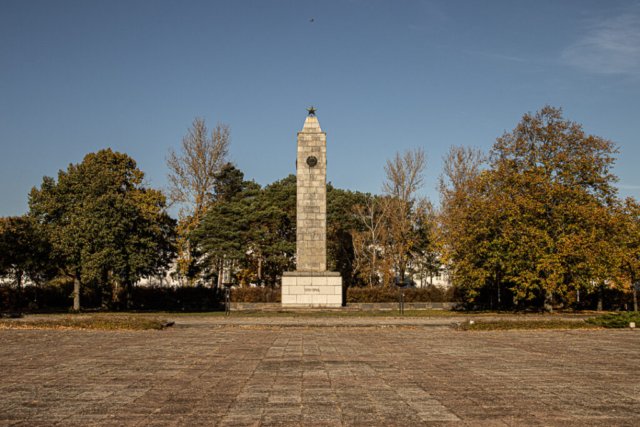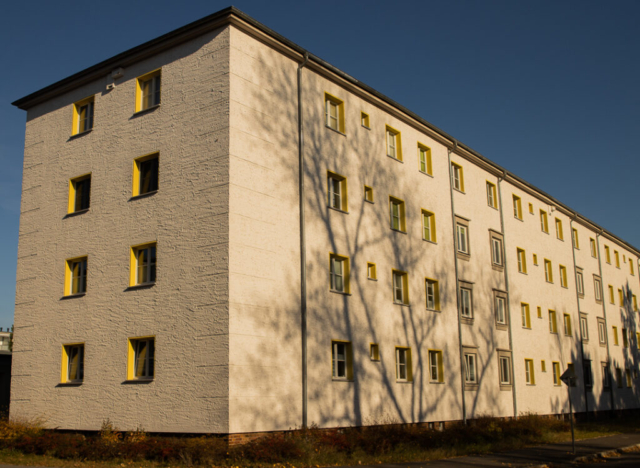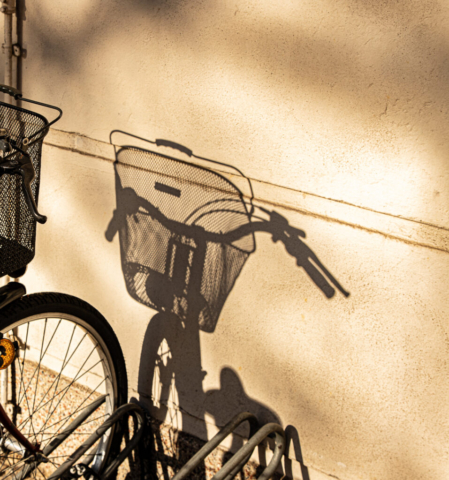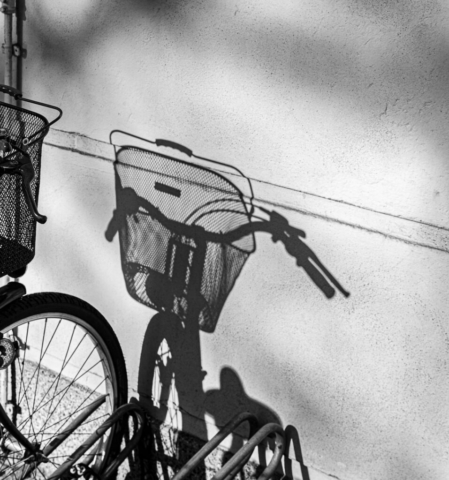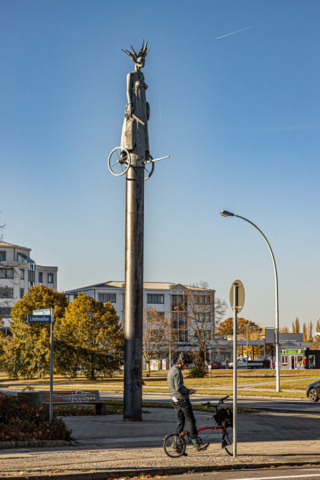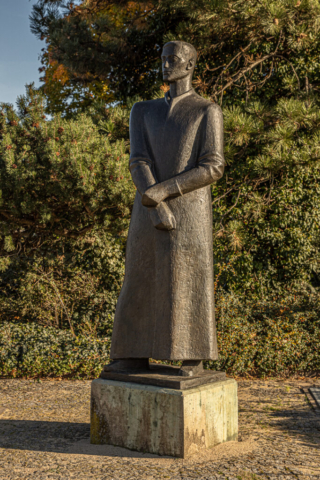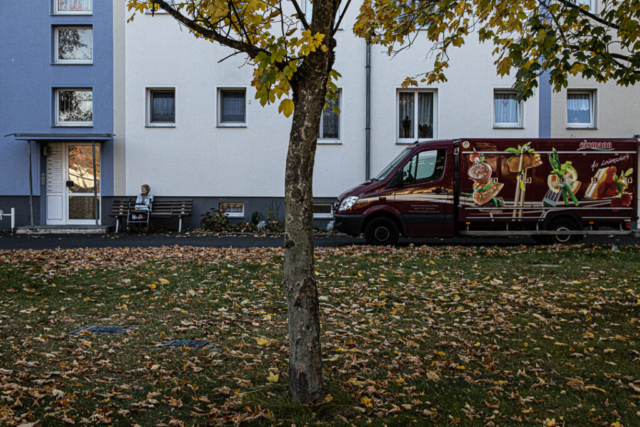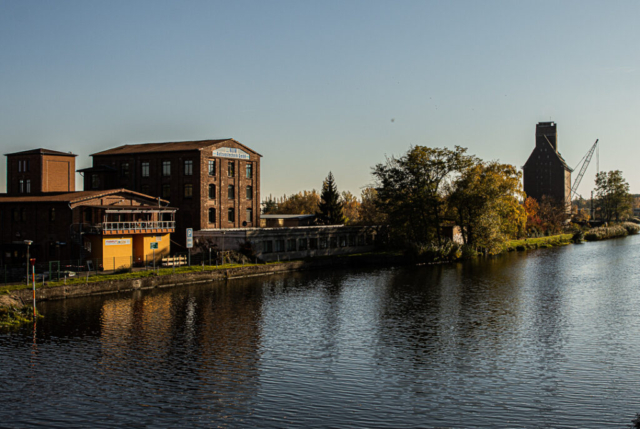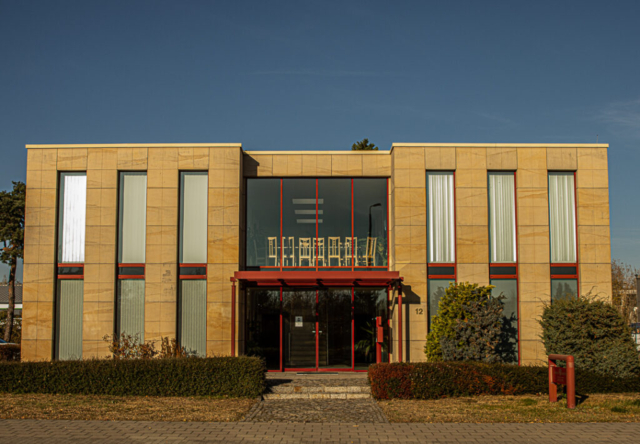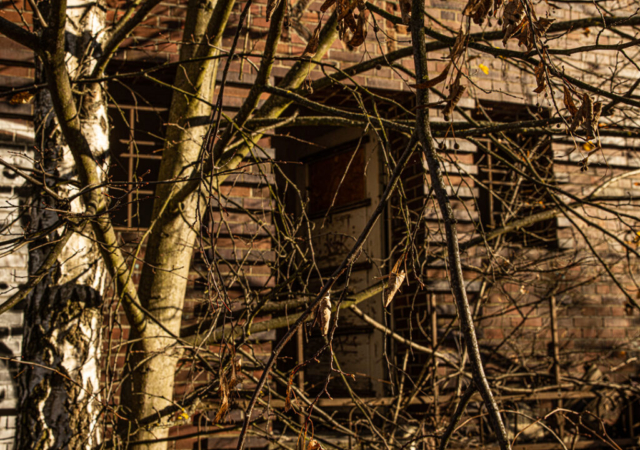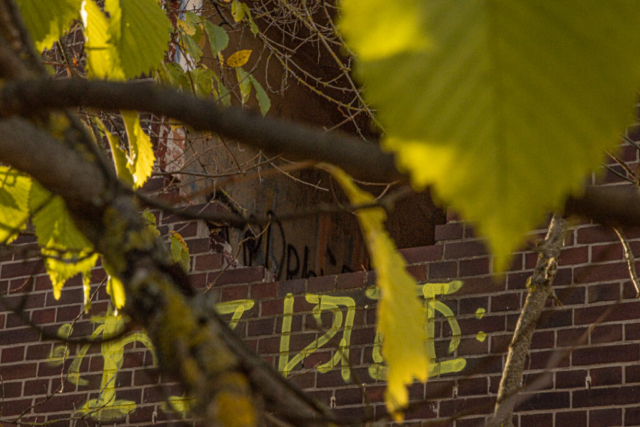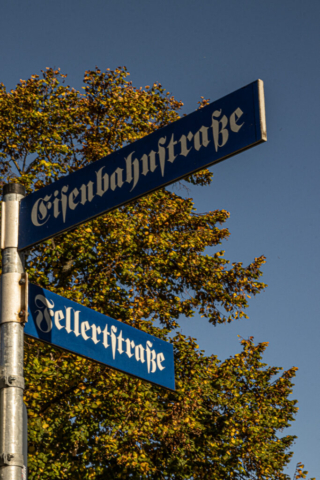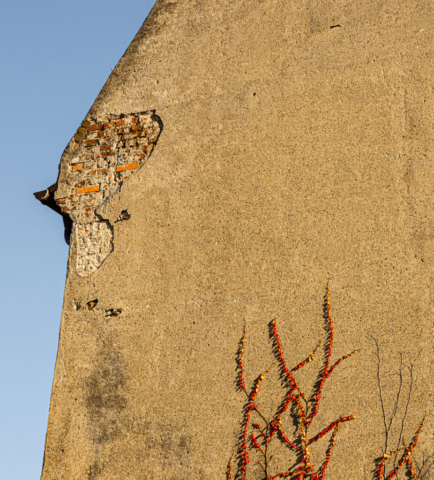Eisenhüttenstadt on Wikipedia.
I used this book to plan a route. Or rather two routes. There is a lot to photograph and I will have to go back a second time, preferably for a couple of days.
I hope I am not offending anybody when I say it is a most peculiar place, at first sight at least. I am curious to know whether it is really as clean and tidy all over as the part I saw today. Clean houses, clean streets, clean cars. Bizarrely, also very few restaurants, and even fewer cafés. I looked hard for dilapidated buildings and found a total of two ,,,,
And I did not see any hotels, so I might find it difficult to find some sort of accommodation, preferably where I can have Max with me. Right now I am thinking a few days around New Year’s Eve. It is on the river that forms the border between Germany and Poland, with lots of nature all around, so a good place to walk and walk and be away from the fireworks (although I have no idea whether Max is afraid of fireworks).
Anyway, for now, this is the route planned for today. I did not completely follow it, since I also had to walk the two km from and back to the station (there were also no taxis, and seemingly also no bus that went directly from the station to where I wanted to start).
Another thing that was unusual: somebody, sitting on a bench outside the hospital, asked me to take a photo of them. In Germany. Where people often pull something over their heads at the sight of a camera, or even sometimes very agressively ask me to put the camera away (although that is a rare occurrence, it has happened to me a handful of times).

